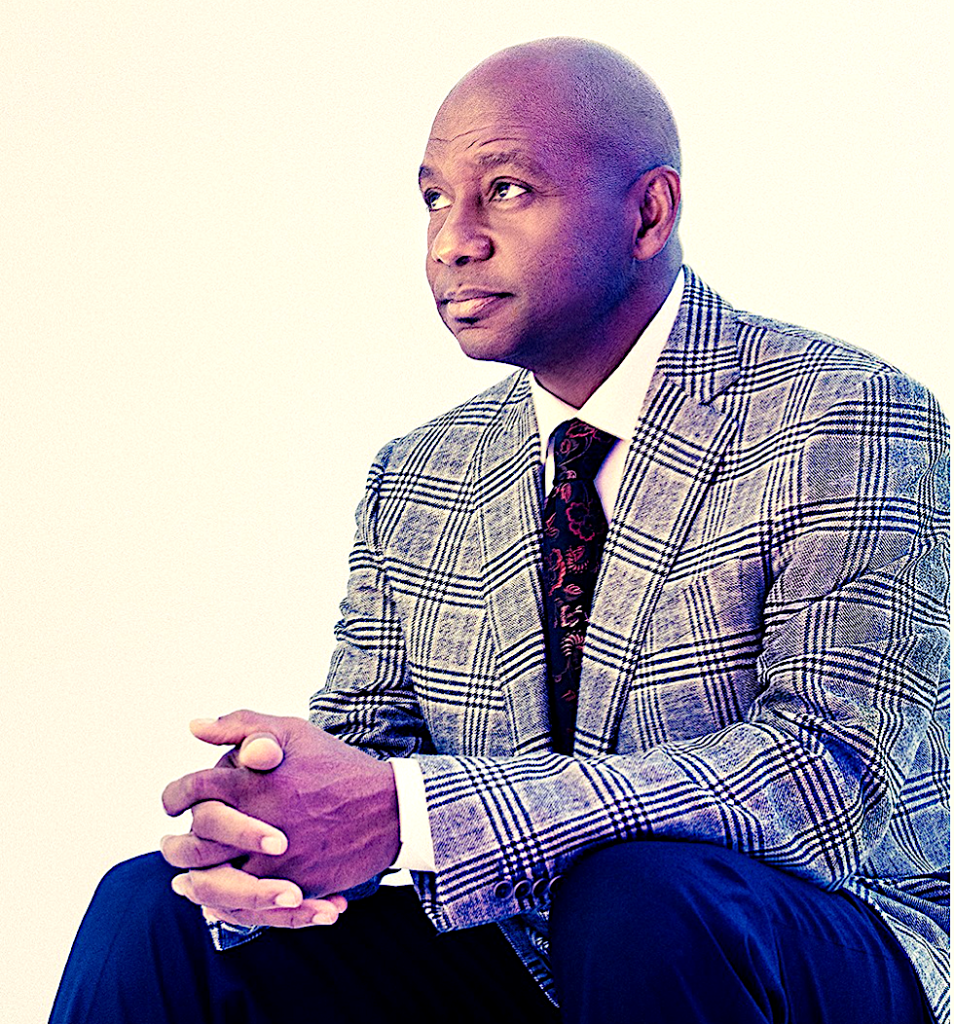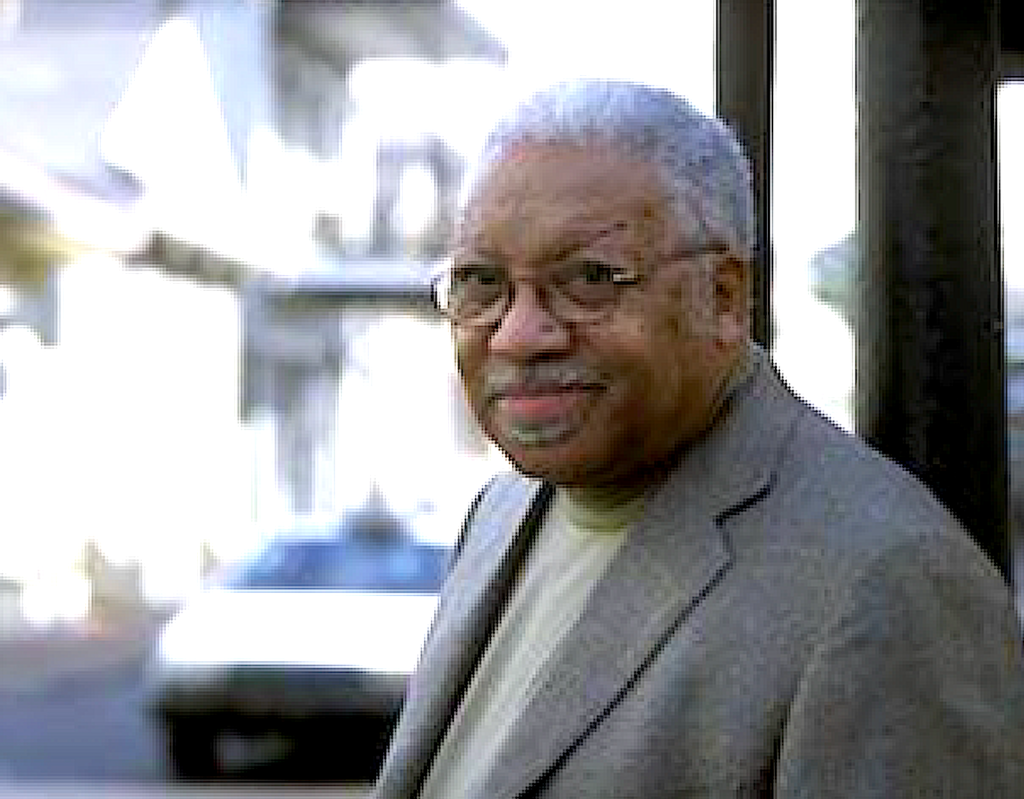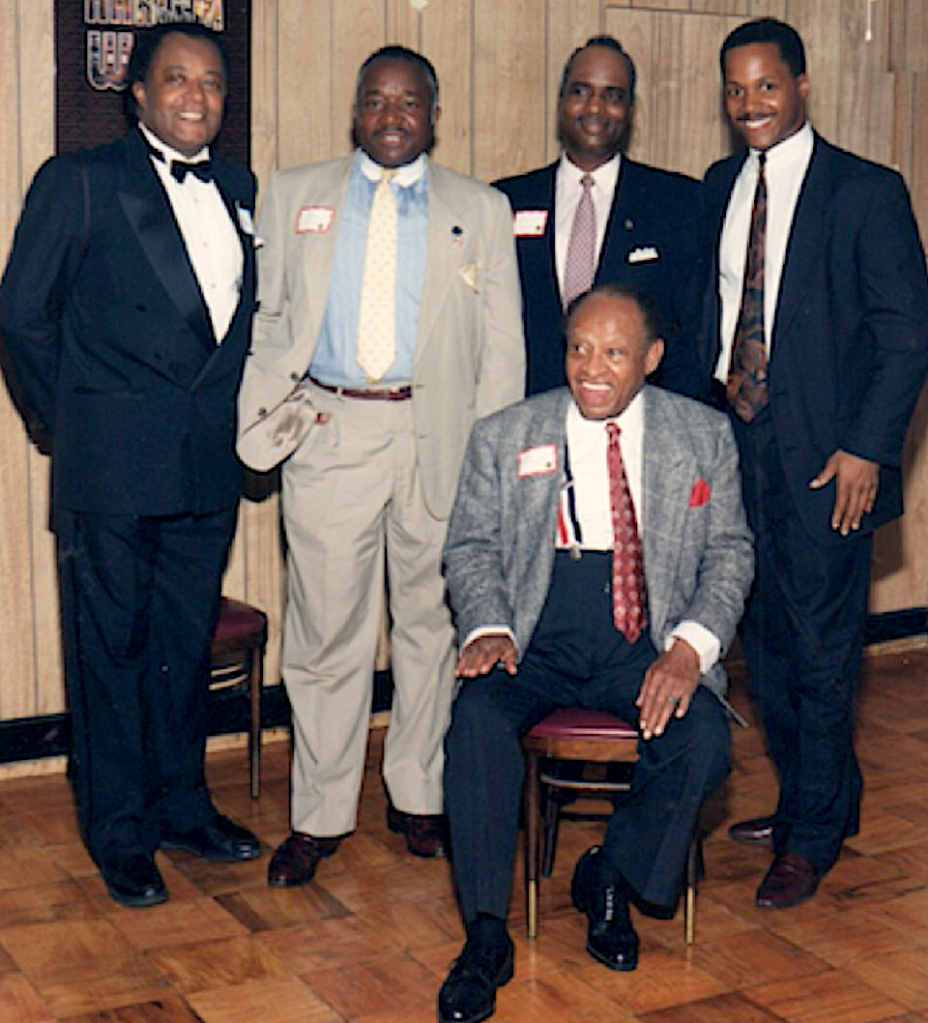Historically Black Colleges and Universities (HBCUs) football culture and marching bands remain legendary within the nation’s African American community. Not only are historic conference and regional rivalries prime arenas for showcasing some of our nation’s finest grid ironers, grooming athletes as potential Heisman trophy prospects and future NFL Hall-of-Famers, HBCU football games are also unique for their hallowed tradition of growing great marching bands that entertain and cultivate future top-tier musicians on the national and international stage.
The collegial competition between rival institutions is replete with color, flair, and choreography. Movements are steeped within African dance traditions, cultural forms emerging from African American Pop music, R&B, and Jazz. These are dance movements and acrobatics transmitted from the work fields and urban streets that for decades have dazzled audiences throughout the South, parts of the Eastern seaboard, and extending to the great Midwest in universities like Lincoln in Pennsylvania and Wilberforce in Northern Ohio. Transmission of cultural codes and iconic representations of social hegemony offer a common identity and proud uniqueness, now often imitated among many more college and university bands.
HBCUs constitute more than 120 higher education institutions in the United States. Here is a list of internationally acclaimed musicians who once proudly belonged to an HBCU marching band:
- Cannonball Adderley – perennially one of the top Jazz Billboard artists, this saxophonist and his brother Nat Adderley, trumpeter, marched in Florida A&M University’s band.

- John Coltrane – this legendary Jazz saxophonist attended North Carolina Agricultural and Technical State University, where he played in the school’s marching band before pursuing a career in Jazz.

- Branford Marsalis – the saxophonist attended Southern University in Baton Rouge, Louisiana, where he was a member of the Southern University marching band, known as the “Human Jukebox.”

- Ellis Marsalis Jr. – Branford’s father was a notable jazz pianist and educator who also attended Dillard University in New Orleans, Louisiana, where he played in the school’s marching band.

- Lionel Hampton – Jazz vibraphonist and bandleader attended the historically Black University of Arkansas at Pine Bluff (formerly known as Arkansas Agricultural, Mechanical, and Normal College), where he played drums in the school’s marching band.

These musicians not only honed their musical talents in HBCU marching bands but also went on to make significant contributions to the worlds of Jazz and the broader music scene as a whole. Dennis Llewellyn Day
D Day Media 3.16.24